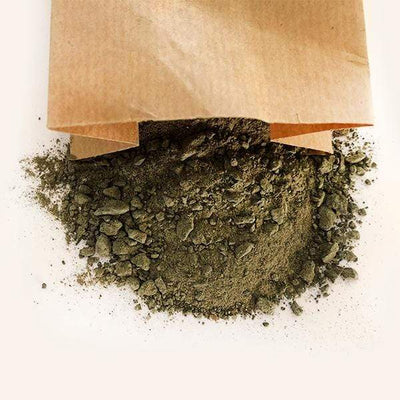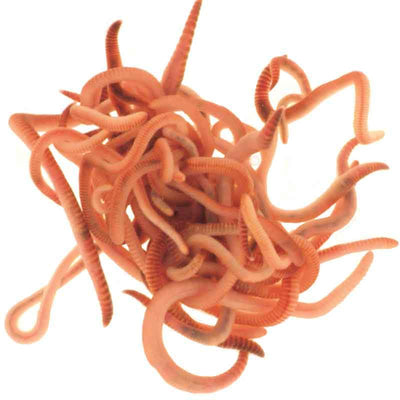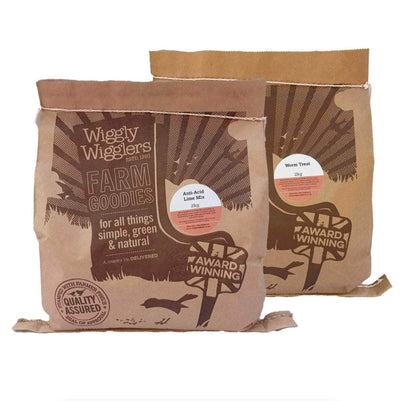In our world of farming hedges are really important. Primarily native hedges were planted by farmers with many thorny species to make stock proof barriers. However, they also make a wonderful habitat for all sorts of insects and birds, and the flowers and berries provide a year round feast.
In our gardens we have tended to choose fast growing conifers or a fence, but planting a native hedge will be one of the most easy and inexpensive ways you will make a difference to the wildlife in your garden, and the surrounding environment.
It really is very simple:
What to plant:
You can choose a native single species (purple beech looks wonderful) but for the best option for wildlife habitat go for a traditional mixed species native hedge.
A Bareroot Blackthorn Plant
When to plant:
Plant your hedge between November and March, when the ground is not covered in snow or frozen.
Preparing the area:
If you are planting into soil - relax. Otherwise dig over your length - a spade's depth and 12 - 18 inches wide. Remove the weeds and dig in compost, worm casts or manure.
Planting your hedge:
Plant 6-8 plants per metre in a staggered row so as to achieve a dense, predator proof, wildlife-friendly hedge. Each of our hedgepacks contain planting instructions and an identification sheet. You need to ensure the hole is as deep as the length of your hedge root. Back fill the hole and firm the soil with your heel. Water well. (If you have a rabbit problem consider tree guards). Add a mulch to help suppress weeds.
A Blackthorn in Flower
Managing your hedge:
Water your hedge through its first summer and keep weeds under control for the first couple of years. Trim your hedge between November and February. Its best for wildlife if you leave sections of the hedge to be cut at different times so that some areas are undisturbed. There is a debate in the world of farming of what is best for the hedge, the stock, the farmer, and the wildlife in terms of how often the hedge is cut. You choose, trim a little every year or leave for three years. If you want to hear more about this have a listen to Podcast 16!
Sloes (Blackthorn Berries) being enjoyed...they make wonderful Sloe Gin for you too!
Planting a Hedge for Wildlife
September 27, 2019
by Wiggly Wigglers

Related products
Discover products related to this article

Sale




